The History of the Solo Kingdom (Kasunanan Surakarta Hadiningrat), Indonesia
Introduction
The Solo Kingdom, formally known as Kasunanan Surakarta Hadiningrat, is one of the most important Javanese kingdoms in Indonesian history. Located in present-day Surakarta (commonly called Solo), Central Java, this kingdom represents a continuation of the rich cultural and political traditions of Java. Its legacy lies not only in politics but also in the preservation of Javanese arts, traditions, and spiritual life.
Origins and Formation
The Solo Kingdom emerged in the mid-18th century as a result of political conflicts within the powerful Mataram Sultanate.
- The Mataram Sultanate (late 16th – early 18th century) was the dominant power in Central Java, founded by Panembahan Senopati and expanded by Sultan Agung (1613–1645). After Sultan Agung’s death, Mataram entered a period of decline, weakened by internal disputes and increasing Dutch VOC (Vereenigde Oostindische Compagnie) intervention.
- The Treaty of Giyanti (1755):
- Civil wars within Mataram culminated in the division of the kingdom.
- Under Dutch mediation, the Treaty of Giyanti split Mataram into two courts:
- Kasunanan Surakarta Hadiningrat (Solo Kingdom) under Pakubuwono III.
- Kasultanan Yogyakarta Hadiningrat (Yogyakarta Sultanate) under Prince Mangkubumi, later Sultan Hamengkubuwono I.
- Further Division – The Mangkunegaran (1757):
- A few years later, Prince Sambernyawa (Raden Mas Said) continued rebellion against Surakarta and the Dutch.
- The Salatiga Agreement (1757) created a smaller court, Pura Mangkunegaran, within Surakarta’s territory.
Thus, the once-great Mataram kingdom was fragmented into multiple royal houses, with Surakarta as one of its main successors.
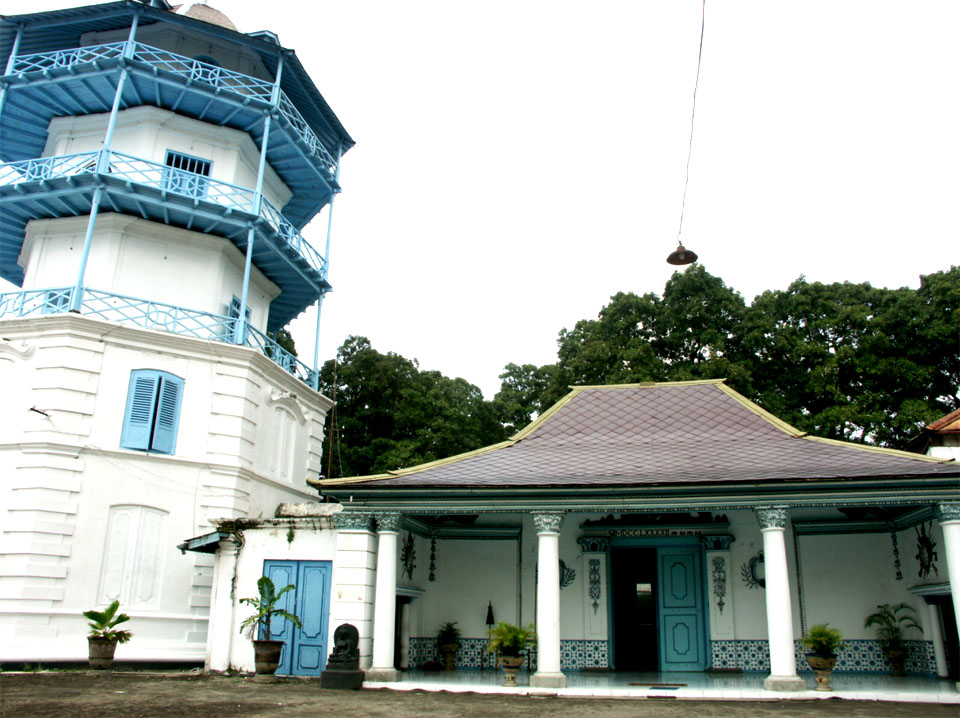
The Surakarta Court in Dutch Colonial Times
The Solo Kingdom remained a symbol of Javanese power, but in reality, it was under heavy Dutch influence.
- The VOC and later the Dutch colonial government limited the political authority of Surakarta’s kings, reducing them to regional rulers with ceremonial and cultural roles.
- Despite political limitations, the Surakarta court became a center of Javanese high culture:
- Development of wayang kulit (shadow puppetry).
- Preservation of karawitan (gamelan music) and classical Javanese dance.
- Production of Javanese literature, such as the Serat Wedhatama and Serat Wulangreh.
- The palace (Keraton Surakarta) functioned as both a political seat and a cultural-religious hub.
Role in Indonesian Independence
When Indonesia declared independence in 1945, the status of Surakarta was complex:
- Initially, Surakarta and Yogyakarta were granted special status as Daerah Istimewa (Special Regions) because of their historical importance.
- However, unlike Yogyakarta, the Solo Kingdom faced political unrest and social opposition:
- Many considered the Surakarta rulers too close to Dutch colonial power.
- Pro-communist and republican movements rose within the city, undermining royal authority.
- By 1946, the Indonesian government revoked Surakarta’s special status, integrating it into Central Java Province.
- Only Yogyakarta retained its special autonomous status until today.
The Surakarta Court in the Modern Era
Although stripped of political authority, the Solo Kingdom continues to play a cultural and symbolic role:
- The Keraton Surakarta Hadiningrat still functions as the residence of the royal family and a cultural institution.
- The court organizes traditional ceremonies, including:
- Sekaten (celebrating the Prophet Muhammad’s birthday).
- Grebeg Mulud and other ritual processions.
- Preservation of batik traditions, with Solo being one of Indonesia’s batik centers.
- The current royal family, led by Pakubuwono XIII, maintains influence in Javanese cultural and spiritual life.
Conclusion
The history of the Solo Kingdom reflects the broader story of Javanese monarchy: once powerful and central in political affairs, later fragmented under colonial rule, and finally reduced to cultural guardianship in the modern Indonesian state.
Despite losing its political power after independence, Surakarta remains a vital custodian of Javanese culture, ensuring that traditions of language, literature, dance, music, rituals, and batik continue to thrive. Today, the Solo Kingdom stands as a living heritage, bridging Indonesia’s royal past with its modern national identity.

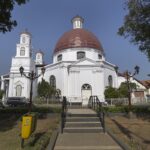
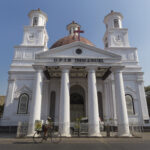
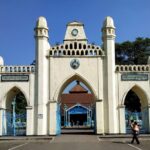
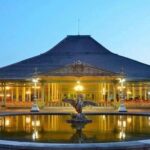
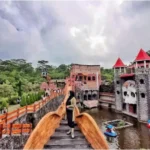


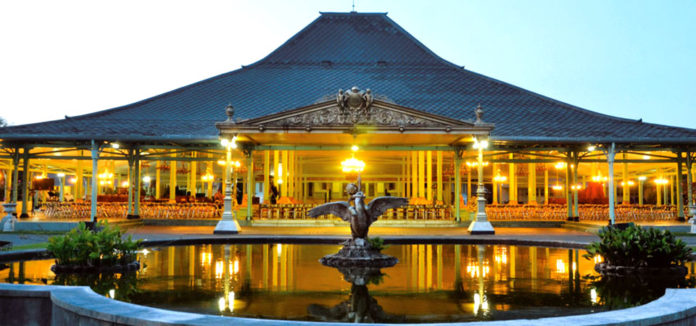

Add Comment